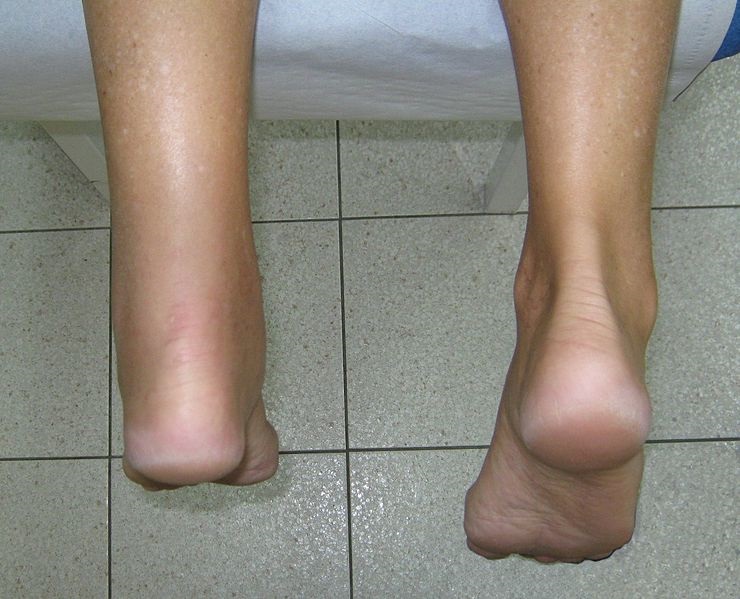Treating Tendinitis and Ruptured Achilles Tendon with PRP
A tendon is a strong band of connective tissue that mostly connects muscles to bone. Tendons have elastic properties, allowing them to stretch and act as springs and can withstand a lot of stress and tension.
Even though a tendon is a tough band of fibrous tissue, it is also prone to injuries causing tendinitis or worse, tendon rupture. Tendinitis refers to the inflammation of a tendon. Typically, tendinitis is named after the affected body part such as Achilles tendinitis or patellar tendinitis. Tendinitis is a common injury involving sports and recreational activities.
A ruptured tendon on the other hand is a partial or total tear of the tendon. Typically, a ruptured Achilles tendonitis occurs when the foot is in an over flexed position, coupled with a sudden forceful contraction of calf muscles. Also, repetitive stress from a variety of causes can tear the Achilles tendon like excessive use or exercise, inadequate warm ups, poorly fitting shoes, and jogging on hard and uneven surfaces.
via Wikimedia Commons
Treatment of Achilles tendinitis
Achilles tendinitis and partial Achilles tendon tear can be treated conservatively. Applying ice to reduce the inflammation and casting is done for immobilization to treat a partial tear. Nonsteroidal anti-inflammatory medications are also given for pain and swelling. Adequate rest is needed for the tendon to heal.
In the past, a complete tear of the Achilles tendon can only be treated surgically. This is done by opening up the back of the heel and exposing the affected tendon, which is then closed up with stitches.
Fortunately these days, a complete Achilles tendon tear can be treated conservatively with the use of platelet rich plasma. Platelets are small blood cells that have a responsibility of patching injured blood vessels to prevent us from bleeding out. But when these platelets are introduced to injured tissues, these special cells adhere to the injured site and actually repair the damaged tissues. For complete Achilles tendon tear, treatment using PRP can be used in the early stages of the injury, especially when the upper half of the tendon have not migrated upwards.
Procedure:
1. About 10 cc of the patient’s blood is extracted and then centrifuged to separate the platelets from other blood cells.
2. The collected platelets are then injected to the Achilles tendon rupture site. This procedure is repeated on the second or third week.
3. Casting of the affected foot for immobilization for 6 to 8 weeks. By this time, the Achilles tendon has fused together.
4. Physical therapy is done for four weeks to regain function and muscle strength.
WHAT IS PRP?

Platelet-rich plasma or PRP is blood plasma that has been enriched with platelets. It helps stimulate healing of bone and soft tissue.

Home / Stem Cell Therapy / PRP / ESWT / RFA / Our Doctors / Patients / Press / Blog / Contact / Reviews

